Cook County Retail: Strong Fundamentals, Attractive Pricing
JLL's Brian Page on why investors can't pass on Chicago-area opportunities.
The Chicago metro area, anchored by Cook County, is a powerhouse in the U.S. strip center landscape. With Cook County’s population of approximately 5.2 million as of 2020 making it the second-most-populous U.S. county, the region serves as the epicenter of a vast consumer base. This demographic strength underpins the Chicago MSA’s significance in the retail sector: second nationally in strip center inventory value and 6 percent of the national total. Moreover, it boasts the second-highest transaction volume in the strip center sector over the last 12 months, surpassed only by New York.
In the national context, Chicago’s retail market performance is impressive, with an average rental rate per square foot that outpaces 60 percent of the country. Additionally, Chicago’s vacancy rate was reduced by 2.2 percent from 2015 to 2024, placing it third highest among the top 10 largest U.S. cities in vacancy rate improvement. This demonstrates the market’s resilience and growing strength.
READ ALSO: Wealth Surge Drives Family Office Growth, Evolution
One of the most compelling aspects of the Chicago MSA’s retail market is the significant barrier to new development. According to Green Street, rents in the Chicago MSA would need to increase by approximately 50 percent to make new strip center retail developments economically feasible. This places Chicago among the markets with the highest barriers to new retail development in the U.S., significantly above the average (~25 percent) of the top 25 markets. These supply constraints effectively protect existing assets from new competition and should drive up rents as well as increase value for well-located, quality strip centers in the area.
Moreover, the Chicago market ranks as the sixth lowest out of the top 50 markets for climate risks associated with natural disasters such as storms, heat, drought, fire and floods. Benefiting from the minimal risk of natural disasters, Chicago exhibits lower insurance rates relative to the broader country, adding to the market’s attractiveness for long-term investors.
It shows in the rents
Zooming in at the local level, Cook County presents a compelling case for investors versus the surrounding counties. The retail vacancy rate in Cook County hit a 10-year low of 4.3 percent in 2024, fueled by limited new supply and strong retailer demand. This is the second-lowest vacancy rate among the five major counties in the Chicago MSA, behind only Will County.
Cook County experienced strong rent growth of 16 percent between 2015 and 2024, generally in line with suburban countries of Lake, DuPage, Kane and Will Counties, which recorded a range of 18 percent to 19 percent growth in aggregate over the same period. This suggests that Cook County’s retail market has kept pace with surrounding areas in terms of rent appreciation.
What makes Cook County particularly attractive to investors is the unique combination of strong market fundamentals and pricing disparities compared to surrounding areas. Recent transactions highlight that grocery-anchored centers in Cook County trade at cap rates that are approximately 50 basis points wider than those in surrounding counties. For power/community centers, the difference is even more pronounced at 60 basis points.
This pricing disparity is largely attributed to the perceived risk associated with tax liabilities in Cook County and the fear of future property tax increases. Cook County is only 66 percent funded on its pension with a total liability of around $7 billion, and recent property tax increases to address this deficit have raised concerns among some investors about future increases. This has significantly decreased institutional investment in Cook County real estate.
While these risks are significant, the above-mentioned factors have created an opportunity for investors who understand how to navigate these challenges. The combination of strong market fundamentals, high barriers to new development and attractive pricing relative to surrounding areas creates a potential for outsize returns in Cook County’s retail real estate market.
While Chicago and Cook County face certain challenges, the retail real estate market in this area presents a compelling opportunity for savvy investors. The strong fundamentals, supply constraints and relative pricing advantages position Cook County retail as an attractive investment option in one of the nation’s largest markets.
Brian Page is a director with JLL Retail Capital Markets.



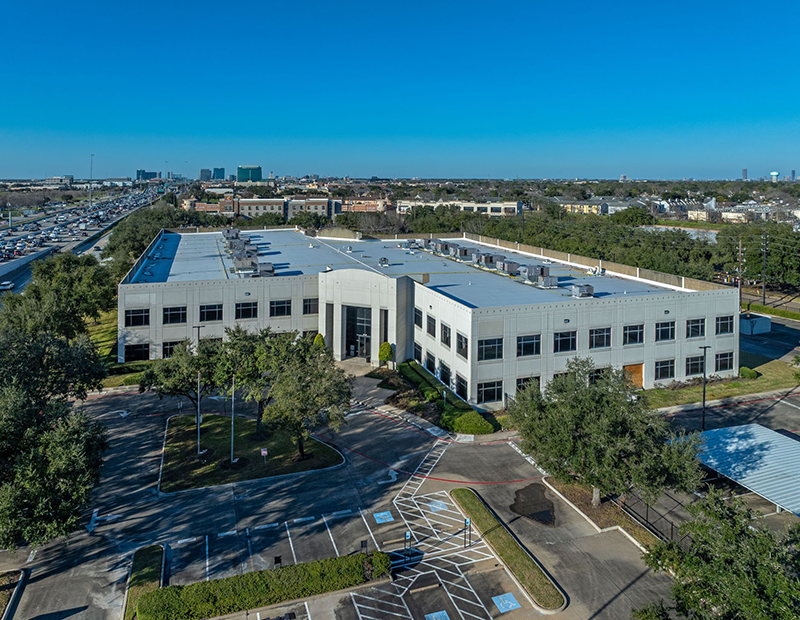
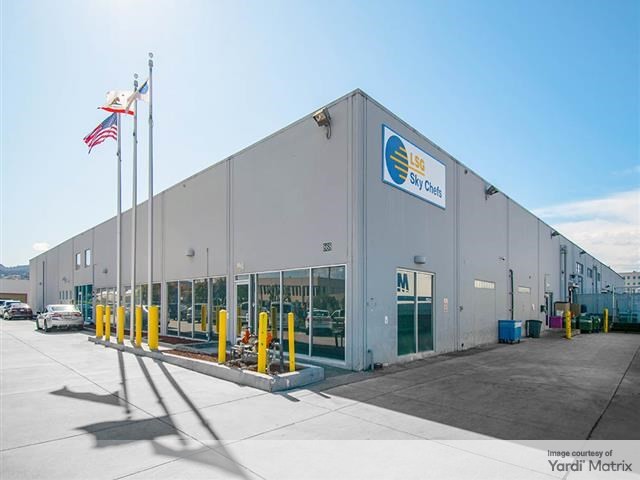
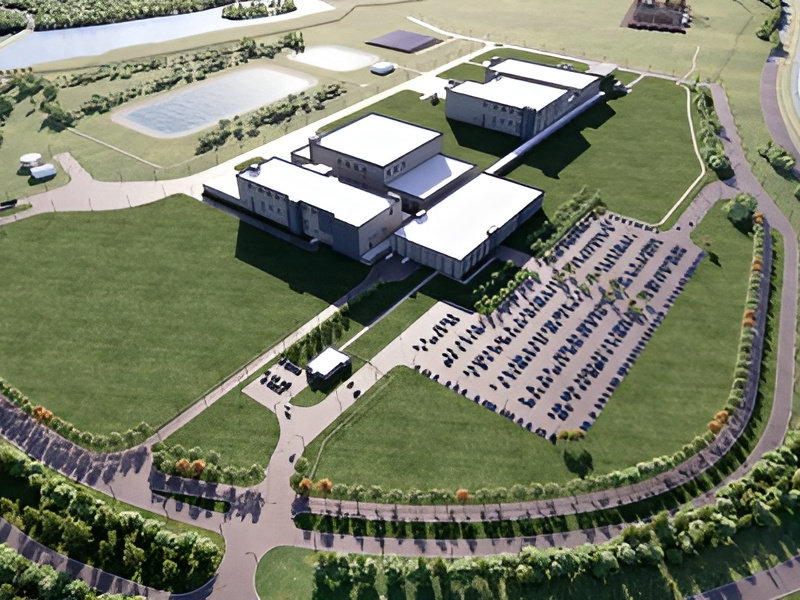
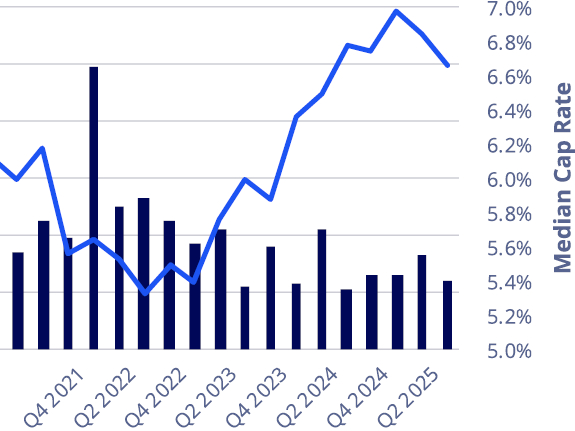
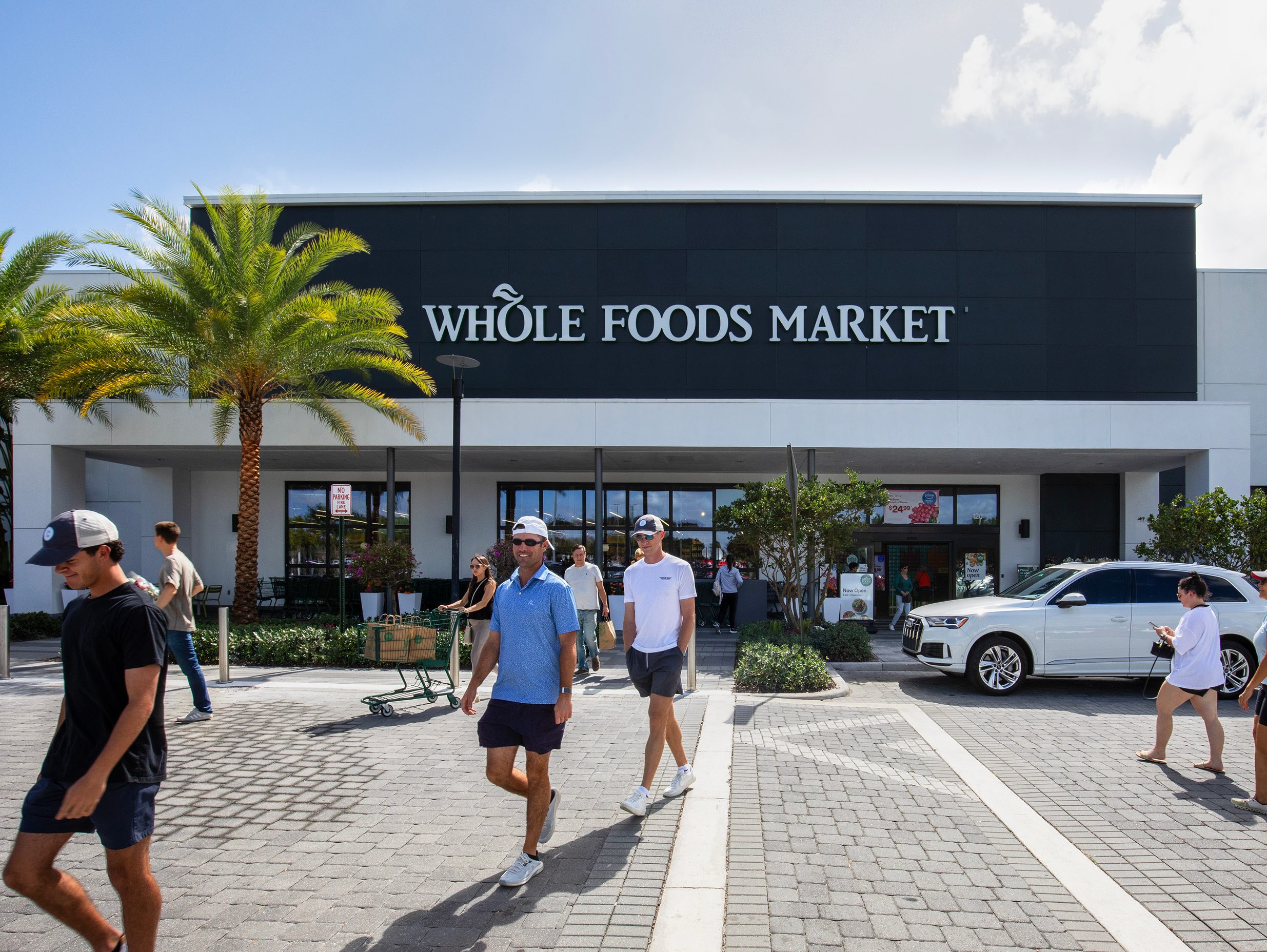
You must be logged in to post a comment.